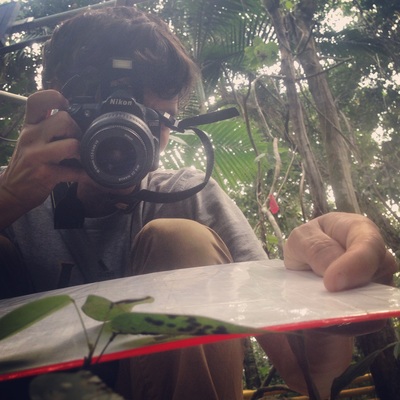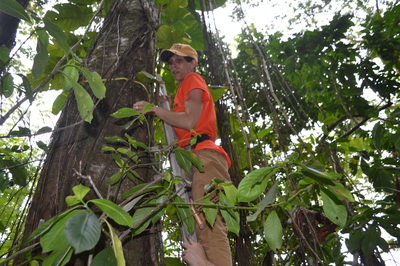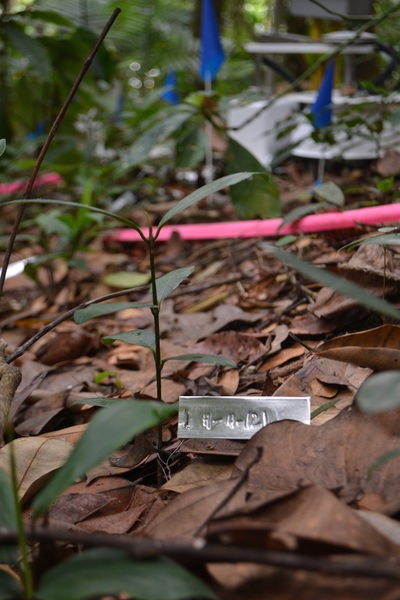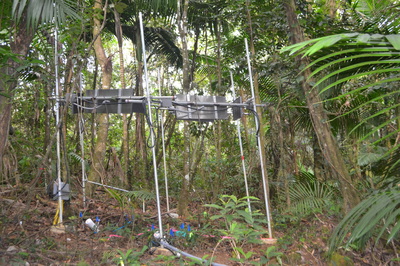Research Interests
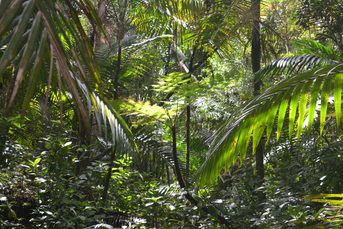
TROPICAL FOREST ECOLOGY
The Bachelot Lab is interested in the high tree diversity in the tropical forest. How can so many species coexist in the same forest? To address this question, we combine field observations, computer approaches, and theoretical modeling.
In the early 1970s, Daniel Janzen and Joseph Connell (JC) separately proposed that natural enemies of seeds and seedlings are responsible for the maintenance of the high diversity of trees in the tropics. The majority of tropical tree species associate with arbuscular mycorrhizal fungi. These mutualists could alter the effects of natural enemies on seedling dynamics. In the Bachelot Lab, we investigate how natural enemies and fungi influence seedling dynamics and tropical tree species coexistence.
Tropical rainforests are predicted to become dryer and hotter than current conditions. Yet, little is known about how climate influences the interactions among plants, natural enemies, and fungi. We are collaborating with one of the first tropical warming experiments (http://www.forestwarming.org) to evaluate how plant natural enemy communities and herbivory respond to warming.
FUNGAL SPILLOVER IN COSTA RICA
Despite the importance of tropical forests, these ecosystems are the most threatened by global change. One of the main threats faced by tropical forests is fragmentation due to the rise of agriculture. Habitat fragmentation can lead to the "spillover" of biotic agents, such as fungal pathogens, across habitat boundaries. The Bachelot Lab is particularly interested in how fungal pathogens from coffee plantations might influence adjacent tropical forests. To address this question, we combine field observations, field experiments, DNA analyses, and theoretical modeling.
MIDWESTERN PRAIRIE COMMUNITIES
Grasslands, such as Tallgrass prairies, provide important ecological, economical, and societal services. Among other ecological services, grasslands host a high number of plant species, providing an interesting local ecosystems for the Bachelot Lab to investigate the biotic interactions helping to maintain a high diversity of plant species. We focus on two important questions: 1) How do biotic interactions, both negative and positive, shape grassland communities? and 2) How does biological invasion change these biotic controls (in collaboration with Dr. Hamed Gholizadeh in the OSU Department of Geography). To answer these questions, we use large field experiments, as well as combining DNA and hyper-spectral imagery data.
